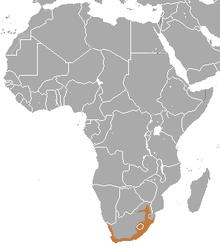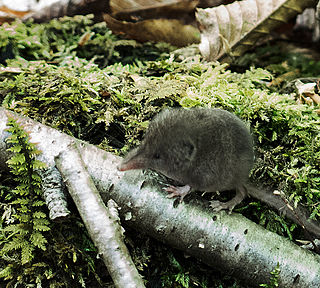
The North American least shrew is one of the smallest mammals, growing to be only up to 3 inches long. It has a long pointed snout and a tail never more than twice the length of its hind foot. The dense fur coat is either grayish-brown or reddish-brown with a white belly. Its fur becomes lighter in the summer and darker in the winter. Although similar in appearance to several species of rodents, all shrews are members of the order Eulipotyphla and should not be mistaken for a member of the order Rodentia. The North American least shrew's eyes are small and its ears are completely concealed within its short fur, giving it very poor eyesight and hearing.
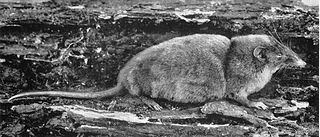
The hero shrew, also known as the armored shrew, is a large shrew native to the Congo Basin of Africa. Its features are typical of a white-toothed shrew − short legs, slender snout, dense fur − except for a highly unusual spinal column. It has corrugated interlocking vertebrae that are unique among mammals except for its sister species, Thor's hero shrew. This unique adaptation allows the animal to bear a huge amount of weight on its back − 72 kg (159 lb) according to an expedition team.
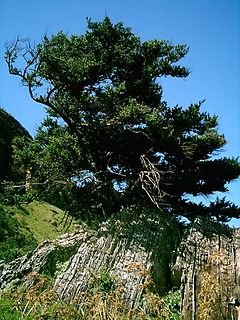
The wildlife of Cameroon is composed of its flora and fauna. Bordering Nigeria, it is considered one of the wettest parts of Africa and records Africa's second highest concentration of biodiversity. To preserve its wildlife, Cameroon has more than 20 protected reserves comprising national parks, zoos, forest reserves and sanctuaries. The protected areas were first created in the northern region under the colonial administration in 1932; the first two reserves established were Mozogo Gokoro Reserve and the Bénoué Reserve, which was followed by the Waza Reserve on 24 March 1934. The coverage of reserves was initially about 4 percent of the country's area, rising to 12 percent; the administration proposes to cover 30 percent of the land area.

The wildlife of South Africa consists of the flora and fauna of this country in southern Africa. The country has a range of different habitat types and an ecologically rich and diverse wildlife, vascular plants being particularly abundant, many of them endemic to the country. There are few forested areas, much savanna grassland, semi-arid Karoo vegetation and the fynbos of the Cape Floristic Region. Famed for its national parks and big game, 297 species of mammal have been recorded in South Africa, as well as 858 species of bird and over 20,000 species of vascular plants.
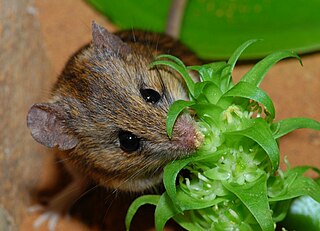
The Namaqua rock rat is a species of rodent in the family Muridae. It is sometimes included in the genus Micaelamys. It is found in Angola, Botswana, Lesotho, Malawi, Mozambique, Namibia, South Africa, Eswatini, Zambia, and Zimbabwe. Its natural habitats are temperate forest, dry savanna, temperate shrubland, subtropical or tropical dry shrubland, temperate grassland, rocky areas, hot desert, temperate desert, rocky shores, arable land, rural gardens, and urban areas.
Geoxus valdivianus, also known as the long-clawed mole mouse or Valdivian long-clawed akodont, is a species of rodent in the tribe Abrotrichini of family Cricetidae found in the Valdivian temperate rain forests and Magellanic subpolar forests of Argentina and Chile. It is one of two species in the genus Geoxus.
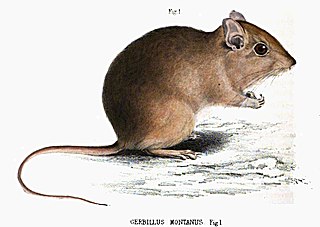
The highveld gerbil is a species of rodent found in Angola, Botswana, Lesotho, Namibia, South Africa, Eswatini, Zambia, and Zimbabwe. Its natural habitats are dry savanna, temperate shrubland, subtropical or tropical dry shrubland, temperate grassland, and temperate desert. This is a common species with a wide range and the International Union for Conservation of Nature has rated it as being of "least concern" as of 2008.
Amblysomus is a genus of the golden mole family, Chrysochloridae, comprising five species of the small, insect-eating, burrowing mammals endemic to Southern Africa. All five species can be found in South Africa and some are also found in Swaziland and Lesotho.

The Hottentot golden mole is a species of mammal in the golden mole family, Chrysochloridae. It is found in South Africa, Eswatini, and possibly Lesotho. Its natural habitats are temperate forests, subtropical or tropical dry forest, subtropical or tropical moist lowland forest, dry savanna, moist savanna, subtropical or tropical dry shrubland, Mediterranean-type shrubby vegetation, temperate grassland, subtropical or tropical dry lowland grassland, subtropical or tropical high-altitude grassland, sandy shores, arable land, pastureland, plantations, rural gardens, urban areas, and introduced vegetation.
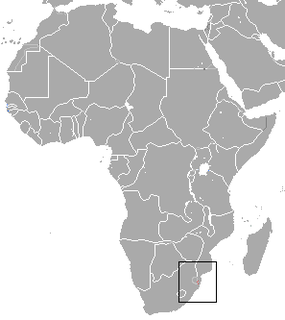
Marley's golden mole is a species of burrowing mammal in the golden mole family, Chrysochloridae. It is found in South Africa and possibly Eswatini. It has been separated from Amblysomus hottentotus by Bronner. Its natural habitat is indigenous forests and moist grassland, and also gardens. It is classified as Endangered in the IUCN Red List of Threatened Species. The main threats it faces are habitat degradation, either through overgrazing by cattle or the removal of vegetation for firewood, and urbanization.

The reddish-gray musk shrew is a species of mammal in the family Soricidae. It is found in Angola, Botswana, Democratic Republic of the Congo, Eswatini, Lesotho, Malawi, Mozambique, Namibia, Nigeria, South Africa, Tanzania, Zambia, and Zimbabwe. Its natural habitats are temperate forests, subtropical or tropical moist lowland forest, subtropical or tropical high-altitude grassland, and caves.

The greater red musk shrew is a species of mammal in the family Soricidae. It is found in Lesotho, Mozambique, South Africa, and Eswatini. Its natural habitats are moist savanna, temperate grassland, and rural gardens. Like most shrew species, C. flavenscens is nocturnal. The greater red musk shrew is considered to be asocial and territorial, with males using scent marking to establish their territory. Males appear to be more aggressive than females, and their aggression increases with greater population density.
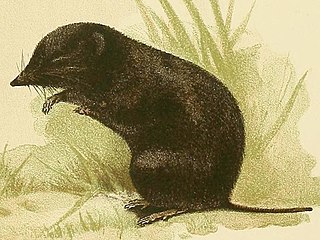
Myosorex is a mammal genus in the Soricidae (shrew) family. The genus, collectively referred to as the mouse shrews, contains these species:

The dark-footed mouse shrew is a species of mammal in the family Soricidae found in Mozambique, South Africa, Eswatini, and Zimbabwe. Its natural habitat is subtropical or tropical moist montane forests. It is threatened by habitat loss. It was formerly sometimes called the dark-footed forest shrew.
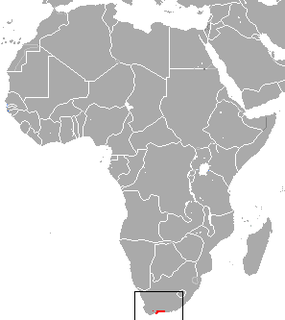
The long-tailed forest shrew, or long-tailed mouse shrew, is a species of mammal in the family Soricidae. It is endemic to South Africa, where its natural habitats are Mediterranean-type shrubby vegetation and swamps.
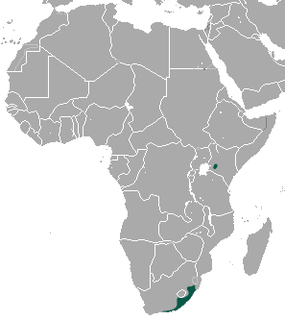
The least dwarf shrew is a species of mammal in the family Soricidae. It is found in Cameroon, Central African Republic, Democratic Republic of the Congo, Kenya, Nigeria, South Africa, Eswatini, Tanzania, and Uganda. Its natural habitats are subtropical or tropical moist lowland forest, subtropical or tropical moist montane forest, temperate grassland, subtropical or tropical dry lowland grassland, subtropical or tropical high-altitude grassland, and arable land.

Ariostralis nebulosa is a species of air-breathing land slug, a terrestrial, pulmonate, gastropod mollusk in the family Oopeltidae.

